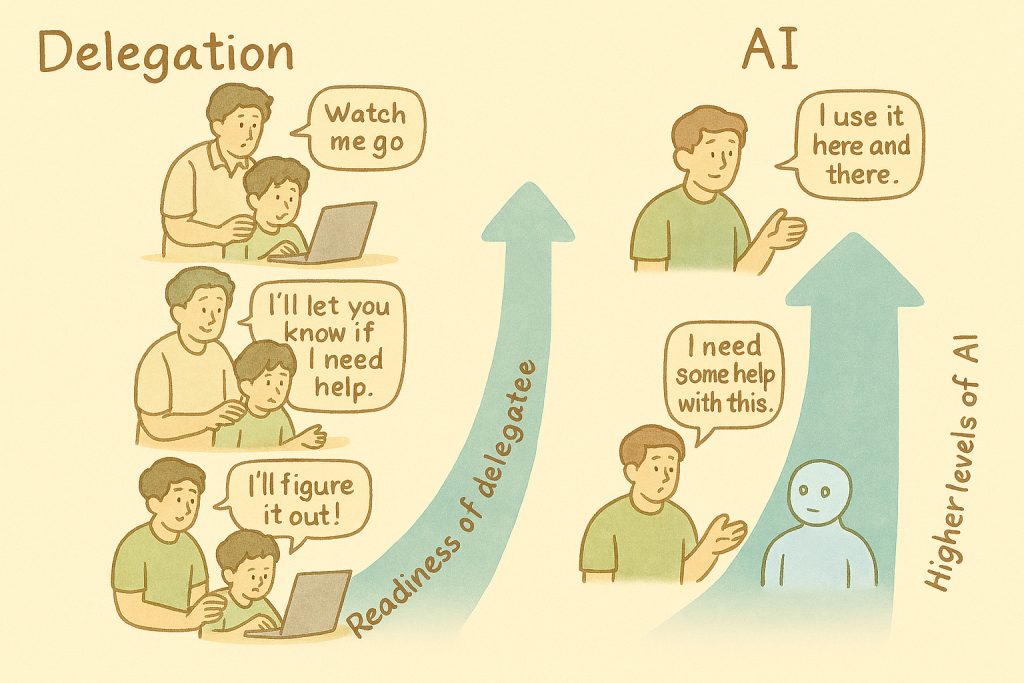– A. Competency
– B. Enabler
– C. Practice
– D. Measure of effectiveness
– E. Project outcome
– F. None of the above list
1. Defects reported 30 days beyond product acceptance by the customer
2. Ability to clearly distinguish between risk mitigation actions and contingency actions
3. Performance of the “shadow” Tech Lead when the primary Tech Lead is away due to a personal contingency
4. Organization’s risk appetite
5. Tracking project assumptions on a continual basis as a source of risk
6. Customer responsiveness on project issues
7. Risk repository and templates
8. Appointment of a contract administrator
9. Knowledge of customer’s business domain
10. Number of risks that occurred that were not identified earlier
Suggested solution:
1. Defects reported 30 days beyond product acceptance by the customer (project outcome)
2. Ability to clearly distinguish between risk mitigation actions and contingency actions (risk related competency)
3. Performance of the “shadow” Tech Lead when the primary Tech Lead is away due to a personal contingency (measure of effectiveness)
4. Organization’s risk appetite (enabler/culture)
5. Tracking project assumptions on a continual basis as a source of risk (practice)
6. Customer responsiveness on project issues (none of the above in list)
7. Risk repository and templates (enabler/infra)
8. Appointment of a contract administrator (none of the above in list)
9. Knowledge of customer’s business domain (enabler/domain expertise)
10. Number of risks that occurred that were not identified earlier (measure of effectiveness)




2 Responses
Very nice Vishu. I did the AUM chant now to just try out, I liked it, but may need to continue it more before kind of agreeing with you more emphatically. Very nice post..and thank you for writing this up
Thanks, Harish. Yes, Sustained practice will bring the transformation.